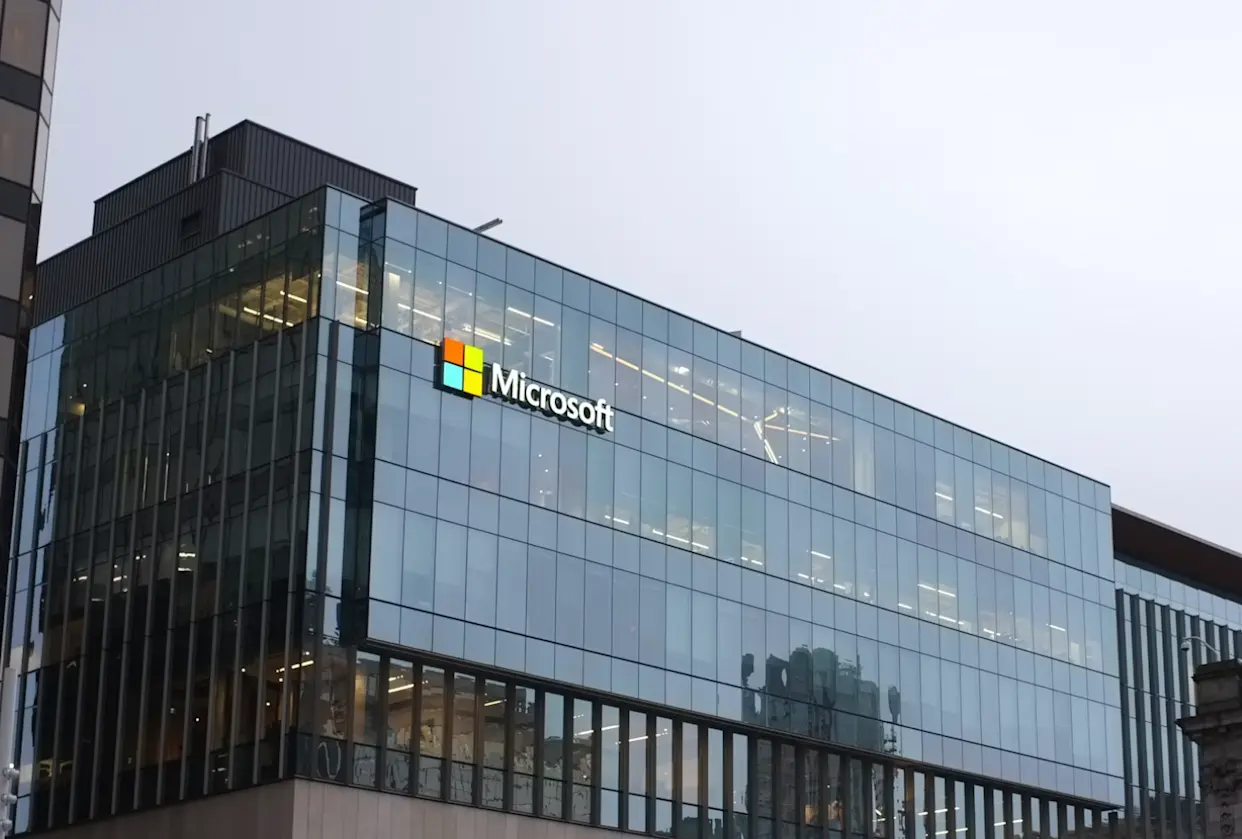The moment the world has been waiting for is finally here: robotaxi rides have officially begun in Austin, Texas. Tesla’s robotaxi service, a project years in the making, is now ferrying passengers across the city—without anyone in the driver’s seat.
This isn’t just another tech milestone; it’s a glimpse into the future of urban mobility, and Austin is the first city to experience it firsthand.
The app’s clean design makes it easy to request a ride, set your destination, and even sync your personal playlists or climate preferences.
For now, only a select group of Tesla owners, investors, and influencers have access, making these first rides a coveted experience. Step into the Model Y, and you’ll notice something missing: a driver.
Instead, a Tesla employee sits in the front passenger seat as a safety monitor, ready to hit a “kill switch” if necessary but unable to take control via the steering wheel or pedals.
This setup is a cautious but necessary step as Tesla gathers real-world data and builds public trust.
How does Tesla’s Robotaxi compare?
Let’s break down how Tesla’s robotaxi stacks up against its biggest rivals:
| Feature | Tesla Robotaxi (Austin) | Waymo | Uber (Traditional) |
|---|---|---|---|
| Driverless Operation | Yes (no driver, safety monitor present) | Yes (no driver, remote support) | No (human driver) |
| Price per Ride | $4.20 flat fee | Variable, generally higher | Variable |
| Service Area | Geofenced in South Austin | Phoenix, SF, LA | Citywide |
| App Integration | Tesla app, personalized media | Waymo app | Uber app |
| Availability | Invite-only, 6am–12am | Public (in select cities) | Public |
| Safety Features | Human monitor, kill switch | Remote monitoring | Human oversight |

Tesla’s introductory $4.20 flat fee is a playful nod to Elon Musk’s penchant for the number, but it’s also a statement: robotaxi rides can be cheaper than Uber or Waymo.
The Model Y fleet, operating within a mapped 30-minute radius, is currently small—just 10 to 20 vehicles—but the ambition is massive.
Key insights from the first rides
- Smooth, Personalized Experience: Early riders report a comfortable journey, with the car handling tricky situations—like narrow streets with parked cars and unpredictable pedestrians—with patience and precision.
- App-Driven Convenience: Riders can control music, climate, and even request the vehicle to pull over—all from their phone.
- Safety First: While the rides are driverless, the presence of a safety monitor is a reminder that Tesla is proceeding cautiously. No one under 18 is allowed, and rides are paused during bad weather.
- Competitive Edge: Tesla’s integration of streaming services and user profiles creates a seamless, personalized experience that traditional ride-hailing can’t match.

What makes Tesla’s Robotaxi different?
Tesla’s robotaxi isn’t just about removing the driver—it’s about reimagining the entire ride-hailing experience. The company’s approach is iterative: start small, learn fast, and scale up.
Unlike competitors who rely on external mapping or remote operators, Tesla’s vehicles leverage its proprietary Full Self-Driving (FSD) software, AI chips, and real-time data collection.
Elon Musk has set his sights on a bold future, aiming to scale the fleet to millions by 2026. While that timeline is ambitious, these first rides in Austin are a tangible step forward.
Final words
Tesla’s robotaxi launch in Austin is more than a tech demo—it’s a public test of trust, safety, and convenience. The cautious rollout, with human monitors and geofenced routes, shows Tesla’s willingness to balance innovation with responsibility.
Early feedback is promising, but the real test will come as the service expands, regulations evolve, and the public gets its turn.
For now, Austin’s streets are the proving ground for a transportation revolution. If these first rides are any indication, the robotaxi era has arrived—and it’s just getting started.






